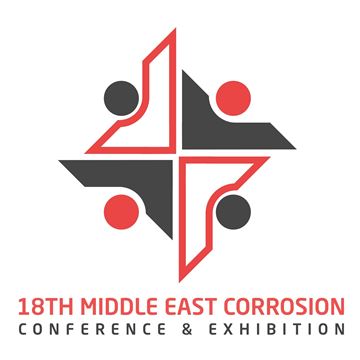Search
Individual Conference Papers
View as
Sort by
Display
per page
New Benzimidazole Derivatives as Corrosion Inhibitors for Carbon Steel in HCl Solution
Product Number:
51315-5941-SG
ISBN:
5941 2015 CP
Publication Date:
2015
$20.00
New Coating Technologies for Long Lasting Corrosion Protection - A Newly Developed Epoxy Coating Tailormade for Moist and Rusted Surfaces
Product Number:
51324-20880-SG
Publication Date:
2024
$40.00
New Coating Technology to Resolve External Surface Casing Chronic Corrosion Challenge
Product Number:
MECC23-19874-SG
Publication Date:
2023
$20.00
New Coatings in Research vs Military Specified Coatings Used for Steel Structures
Product Number:
51324-21209-SG
Publication Date:
2024
$40.00
New Corrosion Inhibition Approach Under High Corrosive Environment in Cooling Water Systems
Product Number:
51315-5661-SG
ISBN:
5661 2015 CP
Publication Date:
2015
$20.00
New Development in Thermal Insulation Coatings
Product Number:
51324-21011-SG
Publication Date:
2024
$40.00
New Developments for Two Component Urethane Primers
Product Number:
41206-225-SG
Publication Date:
2006
$20.00
New Developments in Aliphatic Polyurea Coatings
Product Number:
41212-720-SG
Publication Date:
2012
$20.00
New Developments in Fluorourthane Coatings for Bridges
Product Number:
41216-995-SG
Publication Date:
2016
$20.00
New Developments in High Productivity Cladding Process and in LNG application.
Product Number:
MPWT19-15283
Publication Date:
2019
$0.00
New Developments in Surface Profile Measurement for Blast Cleaned Surfaces
Product Number:
41213-746-SG
Publication Date:
2013
$20.00
New Directions in Thick Film Coatings for Direct to Metal Roofing Applications
Product Number:
41206-263-SG
Publication Date:
2006
$20.00












